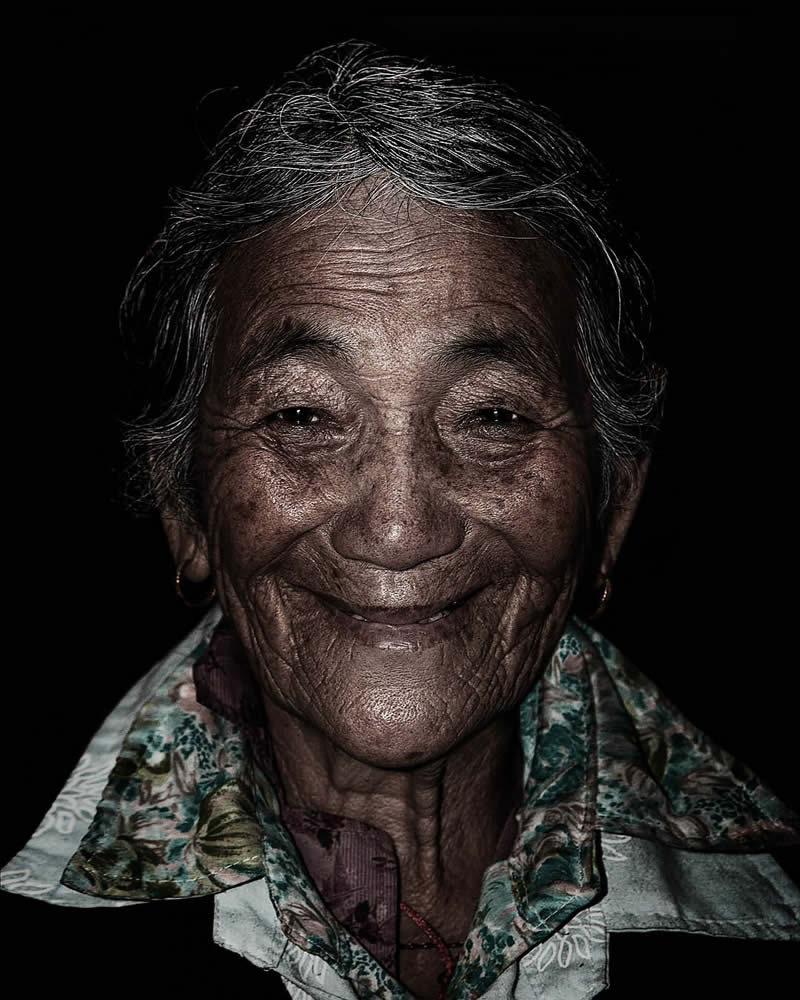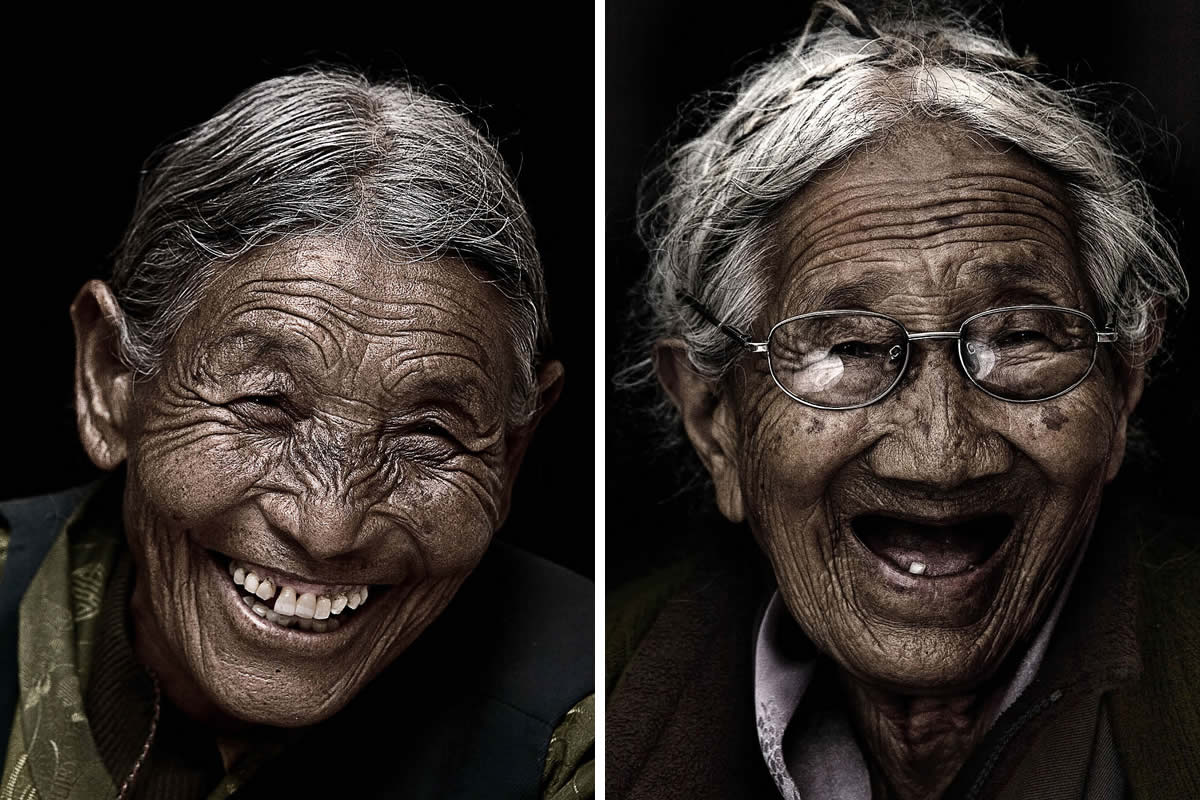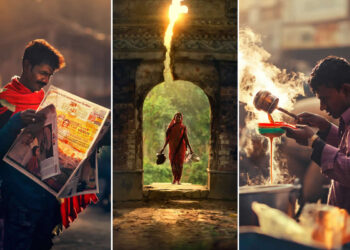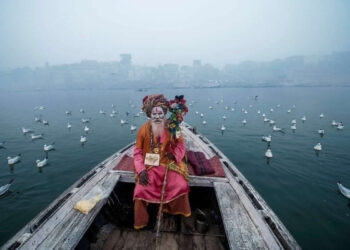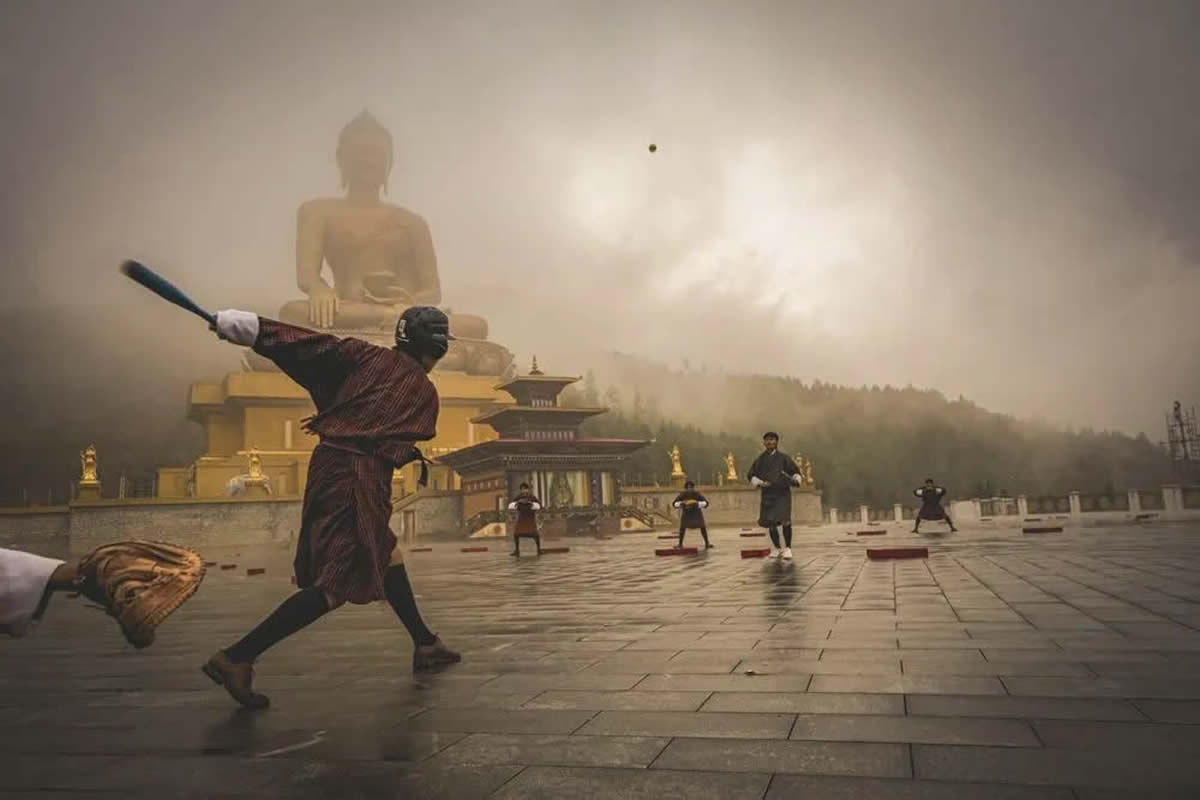The Tibetan diaspora is a testament to resilience, faith, and cultural endurance in the face of displacement. For over six decades, Tibetans in exile have carried their traditions and beliefs beyond their homeland, striving to maintain their identity in an ever-changing world. Photographer Bhanuwat Jittivuthikarn set out to document this journey, capturing the strength and dignity of elderly Tibetan refugees who, despite their hardships, continue to radiate hope.
Through his project Diaspora Smile, he presents a series of compelling portraits that go beyond sorrow, showcasing the enduring spirit of a people determined to preserve their heritage.
Scroll down and inspire yourself. You can check Bhanuwat’s Instagram link for more amazing photos.
You can find Bhanuwat Jittivuthikarn on the Web:
#1
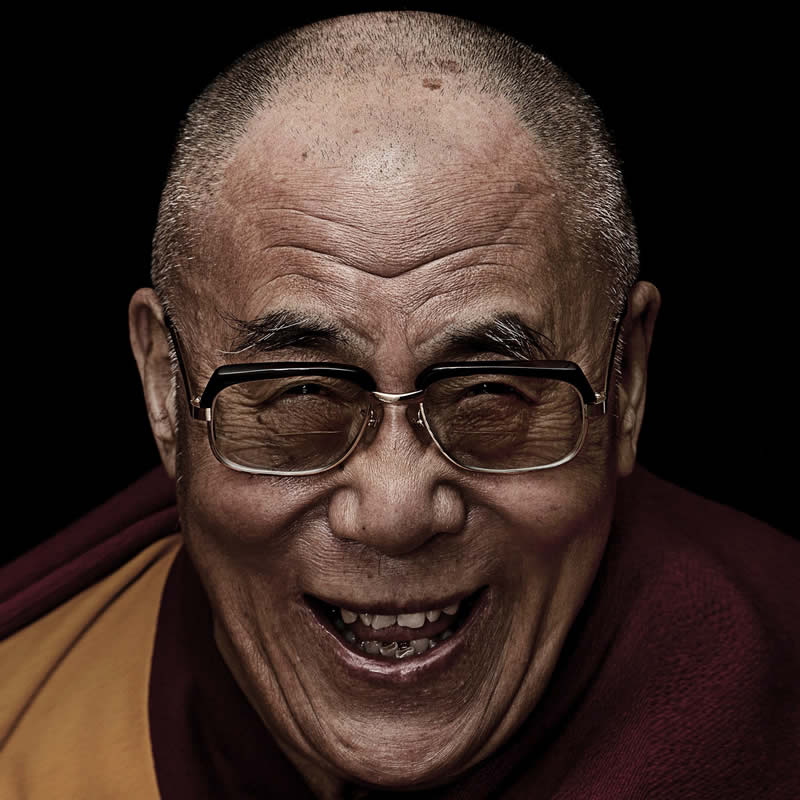
#2
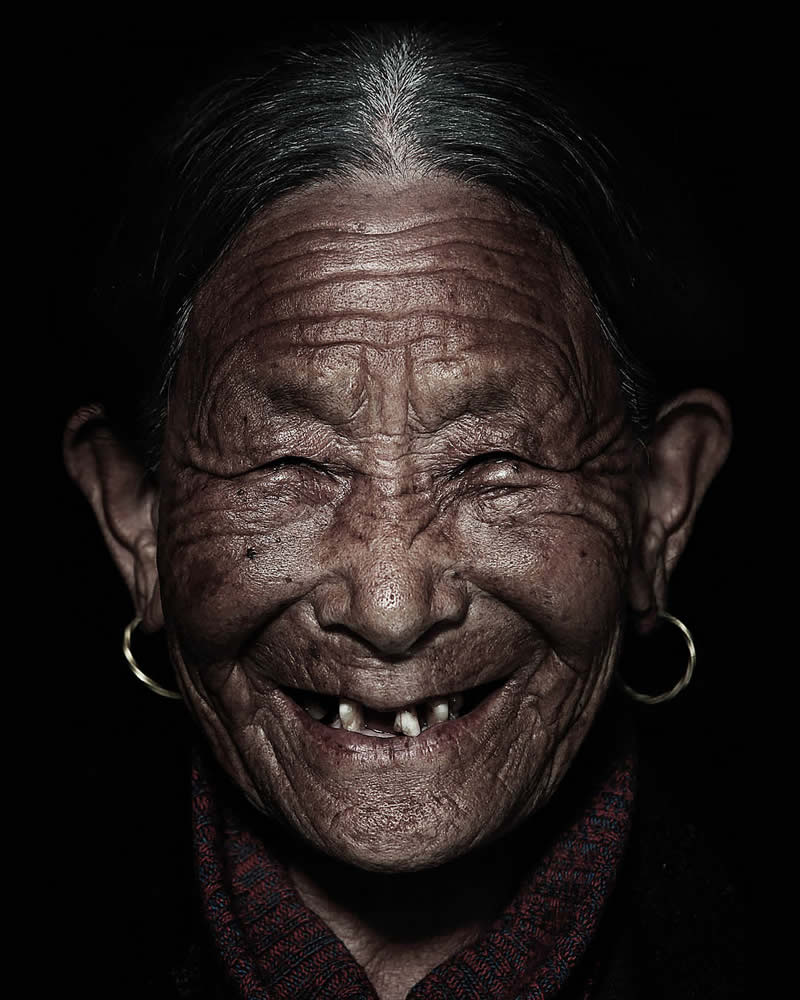
#3
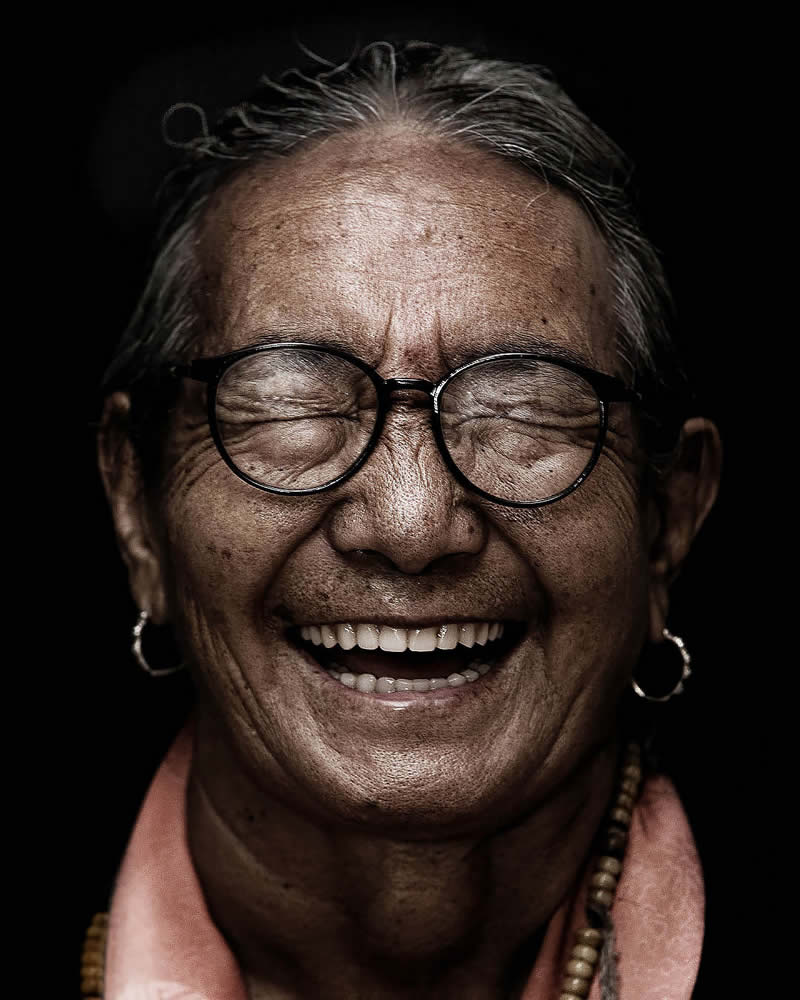
A Journey to Document Tibetan Exile
March 10, 2009, marked the 50th anniversary of Tibetan National Uprising Day, a day when Tibetans stood against military aggression from the People’s Republic of China. In the aftermath of this historic event, the Dalai Lama fled into exile, where he has remained ever since. Against this backdrop, Thai photographer Bhanuwat Jittivuthikarn embarked on a journey to document the lives of elderly Tibetan exiles, capturing their resilience, dignity, and faith through powerful portraiture.
#4
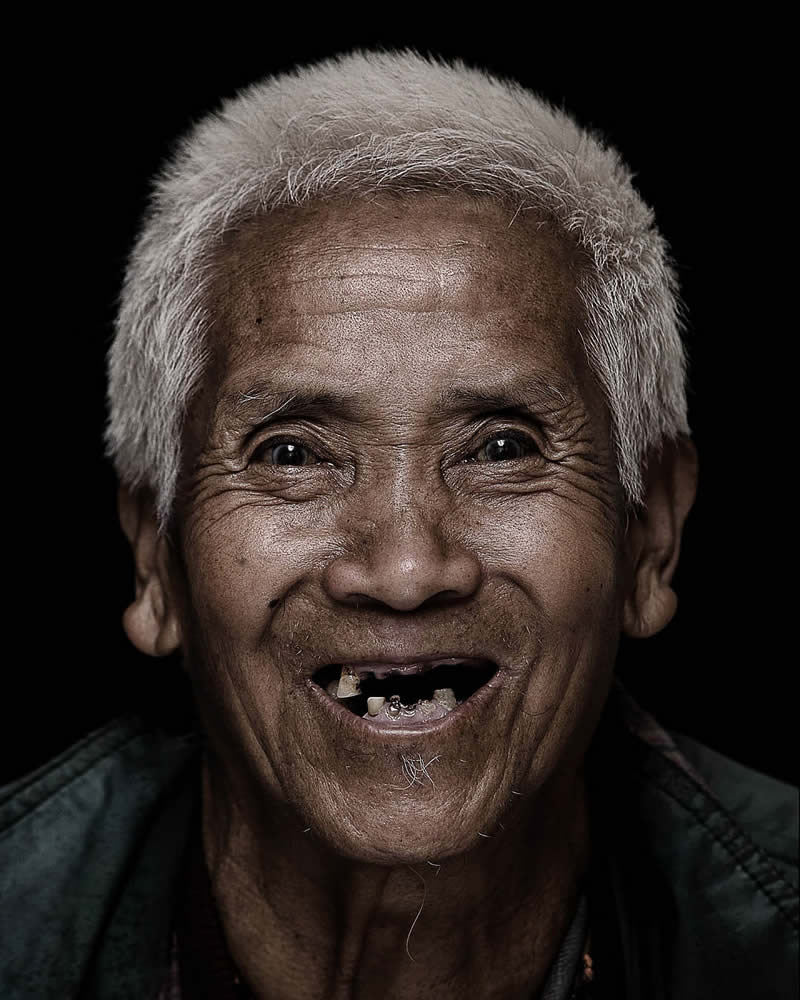
#5
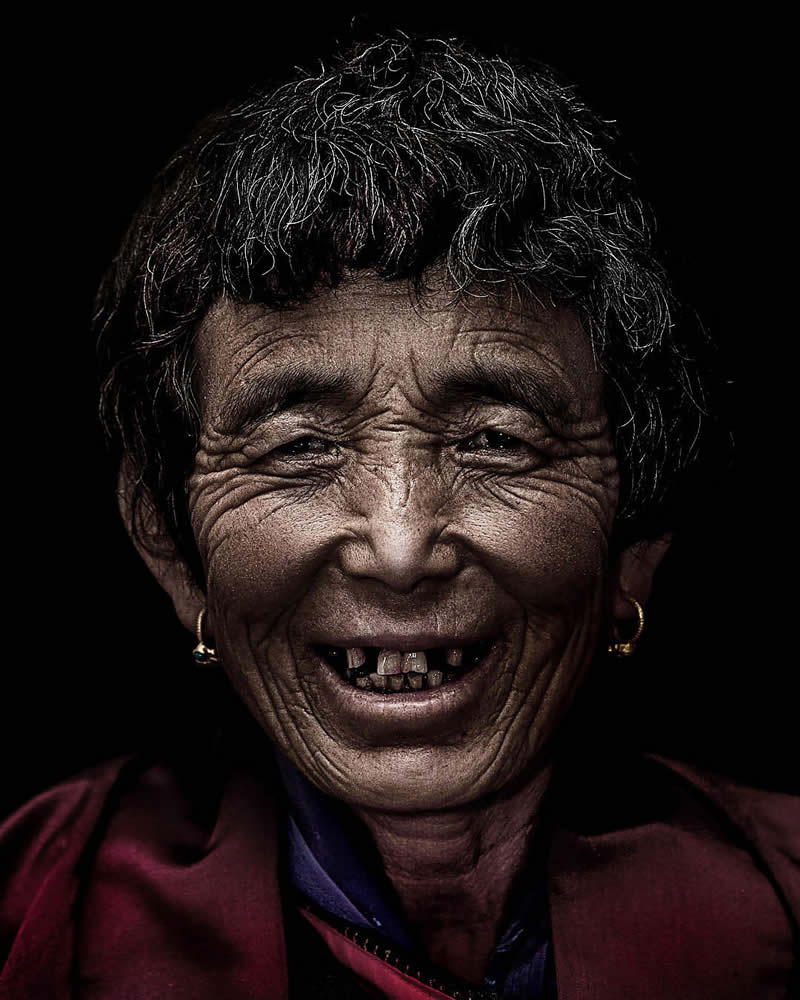
#6
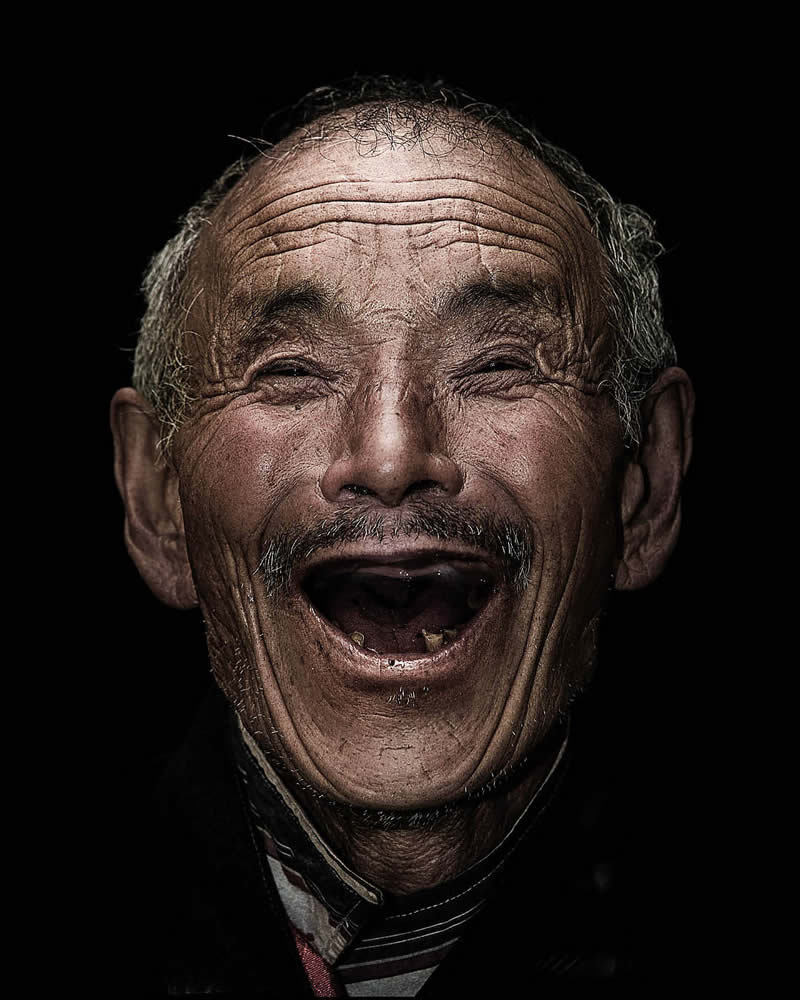
The Faces of Exile
From January 5-18, 2009, Jittivuthikarn traveled to Sarnath, India, to document the lives of 45 elderly Tibetan refugees, aged 60-80, who were given a once-in-a-lifetime opportunity to receive a private audience with the Dalai Lama. This project, sponsored by the Sathirakoses-Nagapradipa Foundation, was originally conceived by Tenzin Losel, a Tibetan social worker determined to bring his fellow exiles from a refugee camp in Mainpat to the Dalai Lama’s teachings. Jittivuthikarn’s goal was to capture not only their faces but their stories, emotions, and cultural identity in a rapidly changing world.
#7
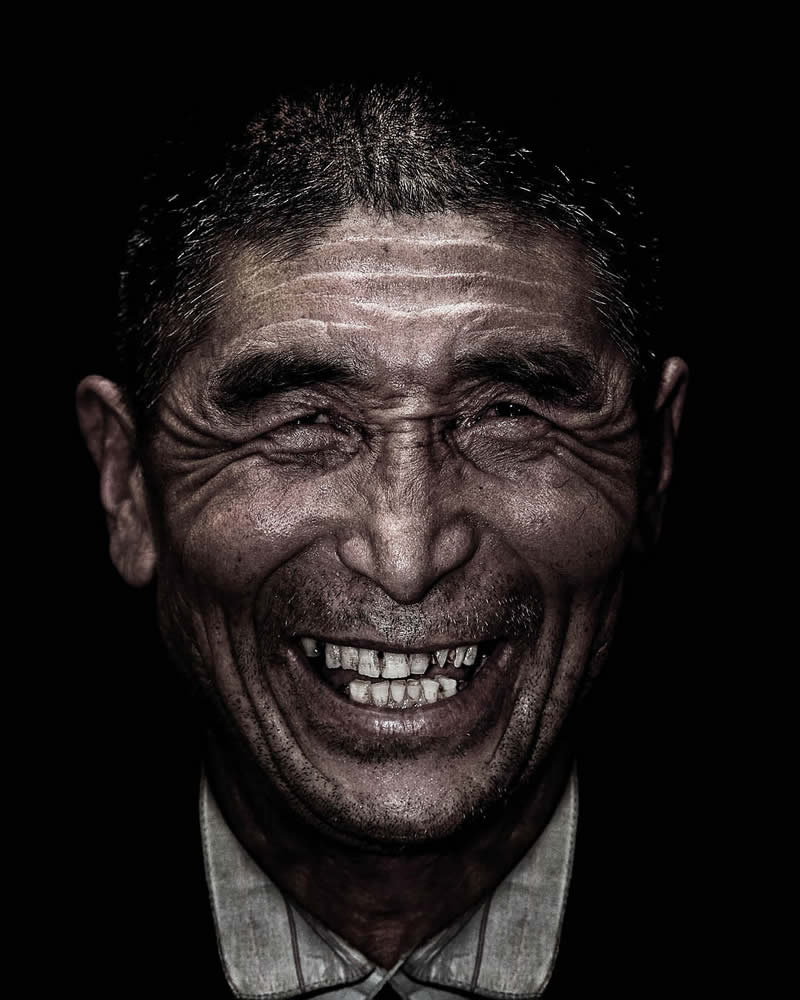
#8
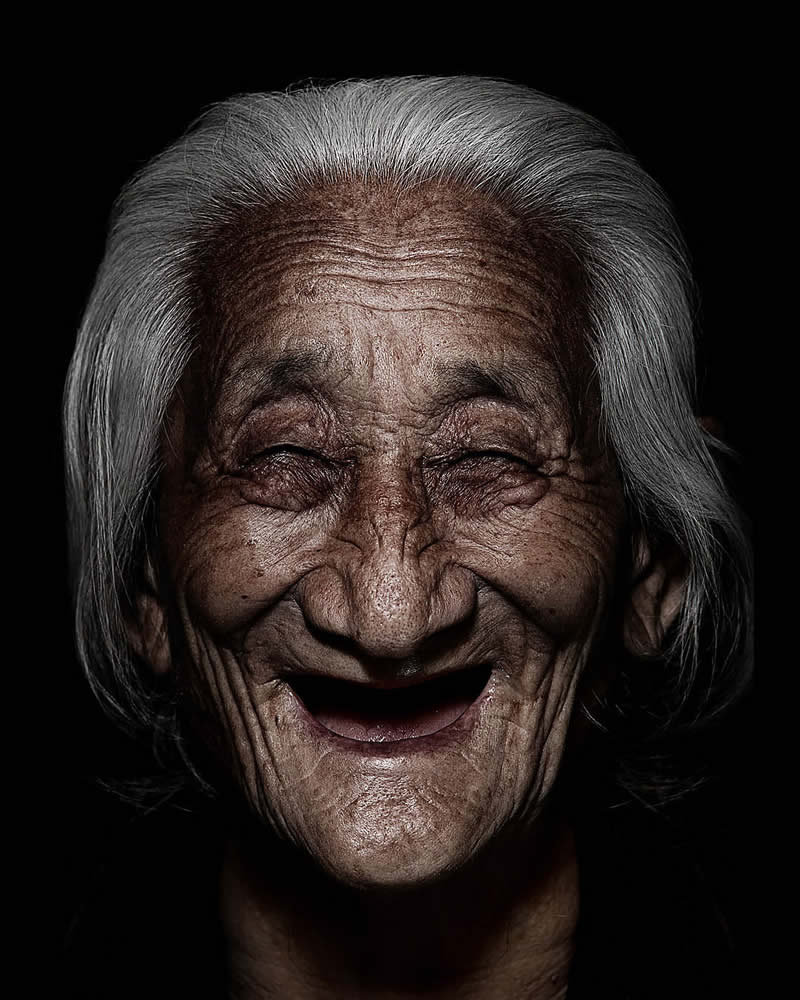
#9
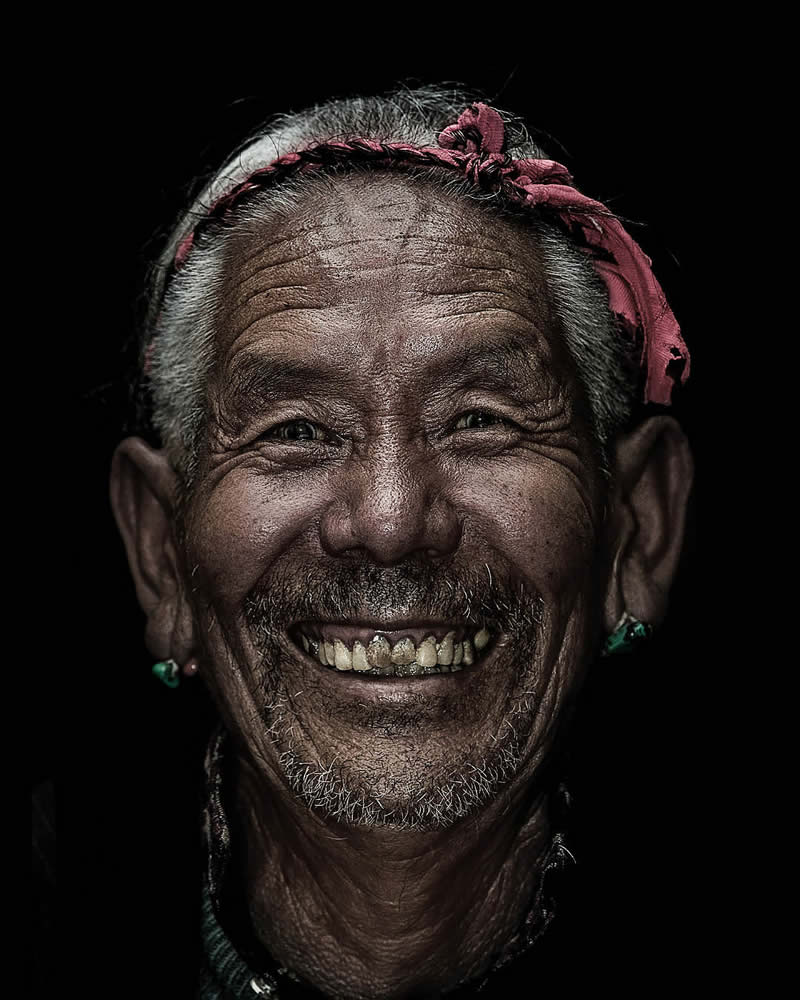
Photography as a Voice for Cultural Survival
Jittivuthikarn believes that photography has the power to change perceptions, advocate for justice, and give voice to marginalized communities. His work challenges the common narrative of Tibetans as mere victims of oppression. Instead, his portraits emphasize their strength, courage, and adaptability. By portraying them with dignity and respect, he aims to foster a deeper understanding between Thai and Tibetan people and to ensure that Tibetan cultural identity remains intact despite exile.
#10
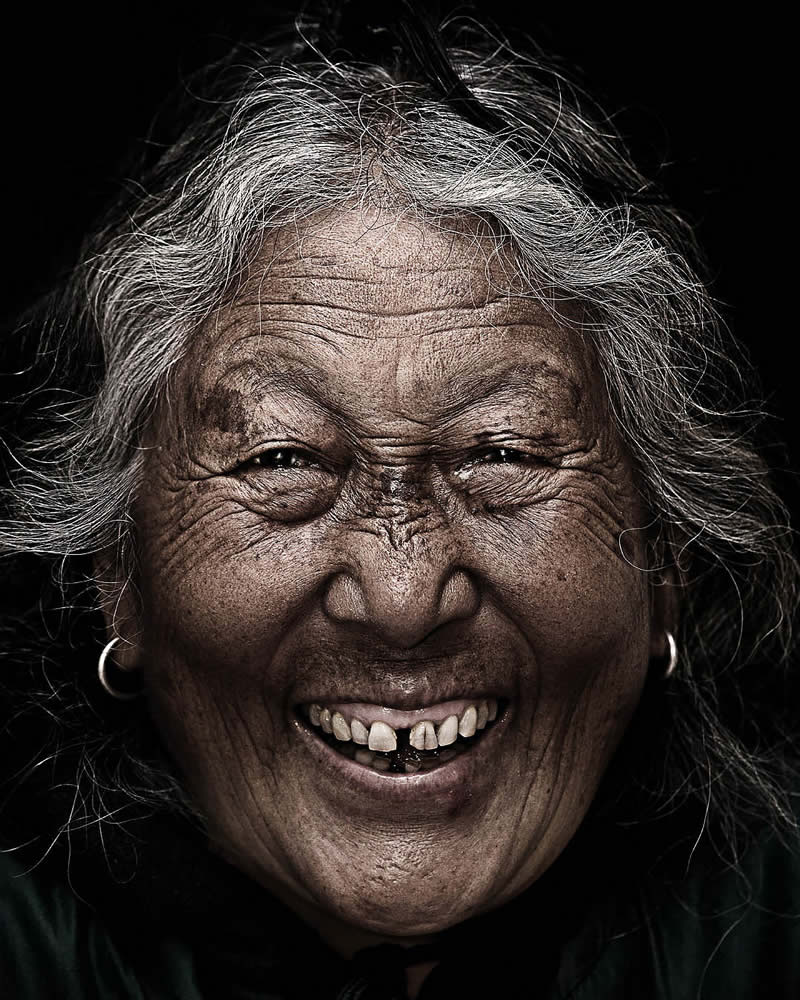
#11
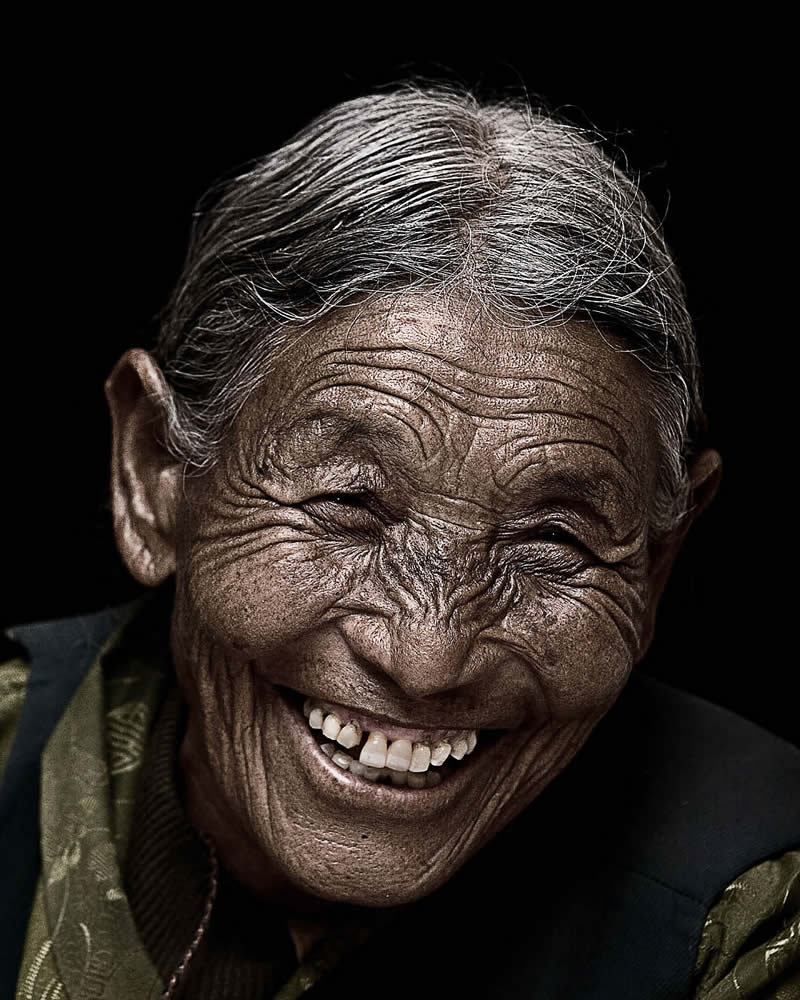
#12
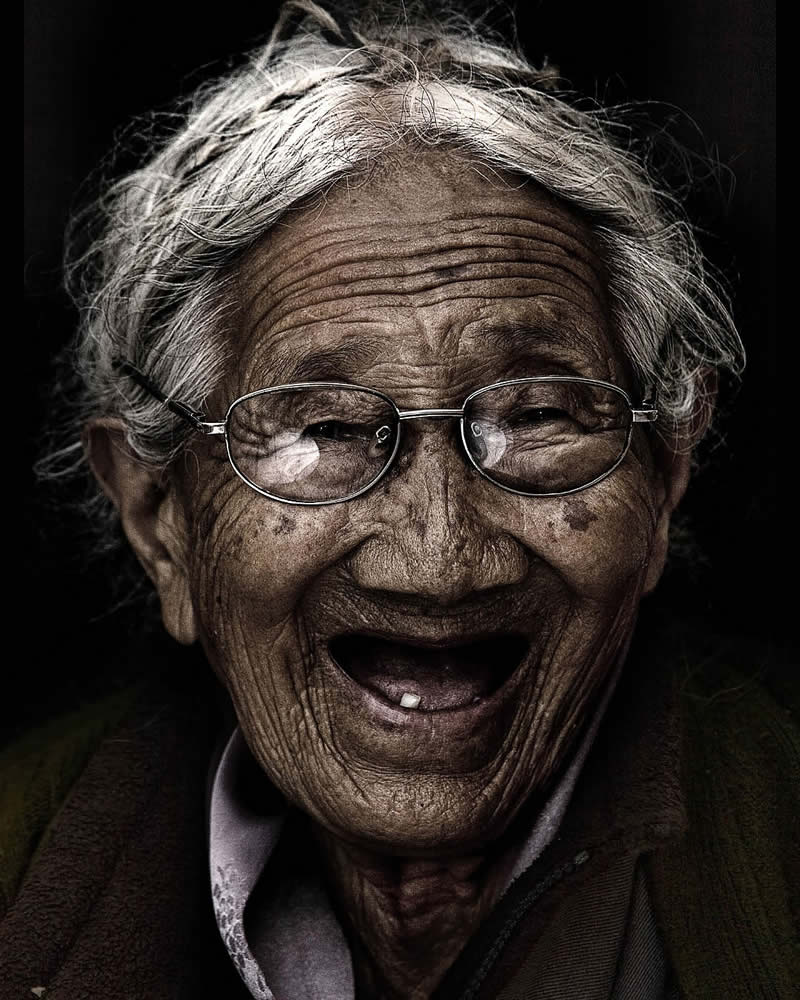
Moving Beyond Sentimental Voyeurism
Many depictions of Tibet and its people focus on a narrative of loss, portraying Tibet as a Shangri-La on the brink of extinction. Western photographers often highlight suffering, inadvertently reinforcing an image of Tibetans as powerless victims. Jittivuthikarn takes a different approach. He seeks to avoid exoticized portrayals and sentimental voyeurism. Rather than framing his subjects as tragic figures, he captures their strength, their experiences, and their unwavering faith.
#13
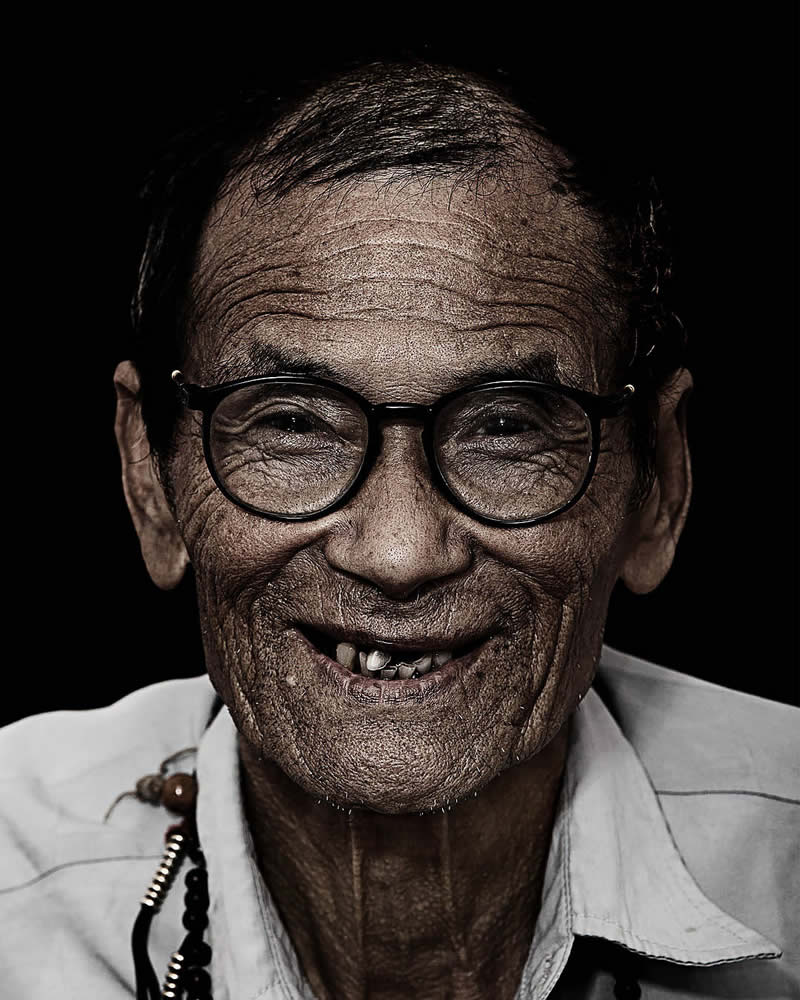
#14
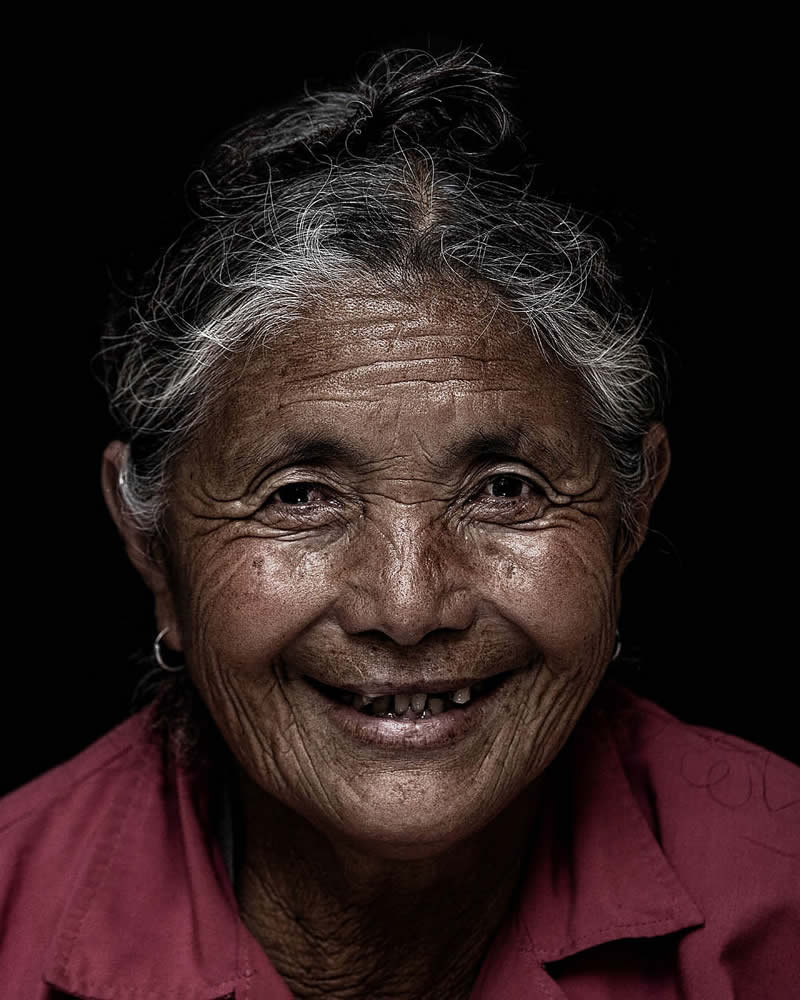
A Smile That Transcends Language
Despite not speaking Tibetan, Jittivuthikarn found a unique way to communicate with his subjects—through smiles and shared presence. As he spent time with the refugees, a bond of trust formed. He waited until they felt comfortable with him before asking for permission to take their portraits. To his surprise, many were excited to stand before his camera, smiling warmly despite the hardships they had endured. Their expressions conveyed a depth of experience, a resilience born of exile, and a peace that comes with faith.
#15
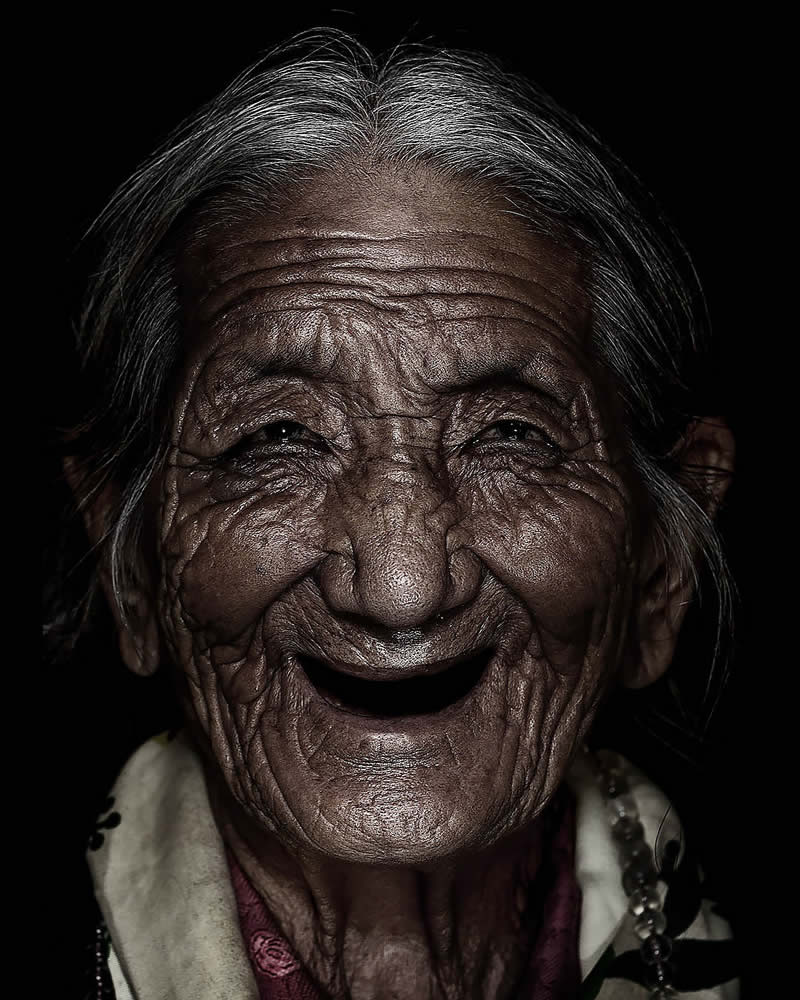
#16
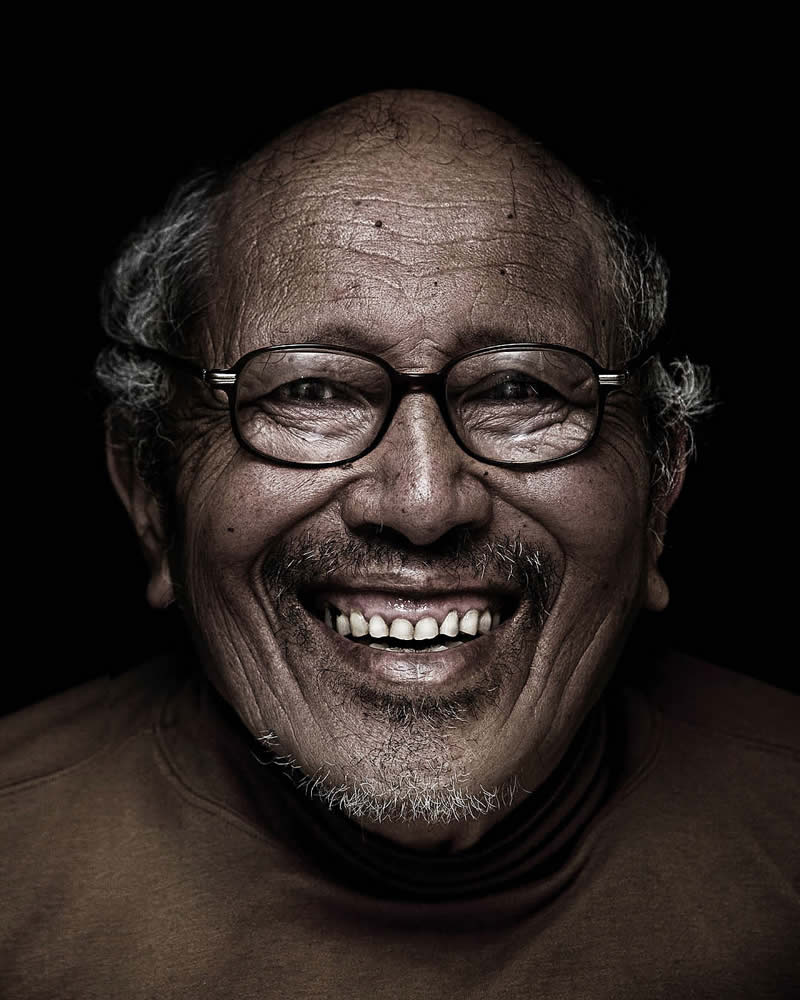
The Power of Portraits
Back in Bangkok, while editing his work, Jittivuthikarn realized the true impact of his images. Each portrait was a testament to a life of struggle, faith, and perseverance. These were not just elderly refugees; they were individuals who had lived through profound moments of history. Their faces, lined with years of hardship, reflected both pain and dignity. Yet, in their faith, they found happiness—an inner peace that material hardship could never erode. For many, receiving the Dalai Lama’s blessing was their final wish, a spiritual fulfillment that marked the end of their life’s journey.
#17
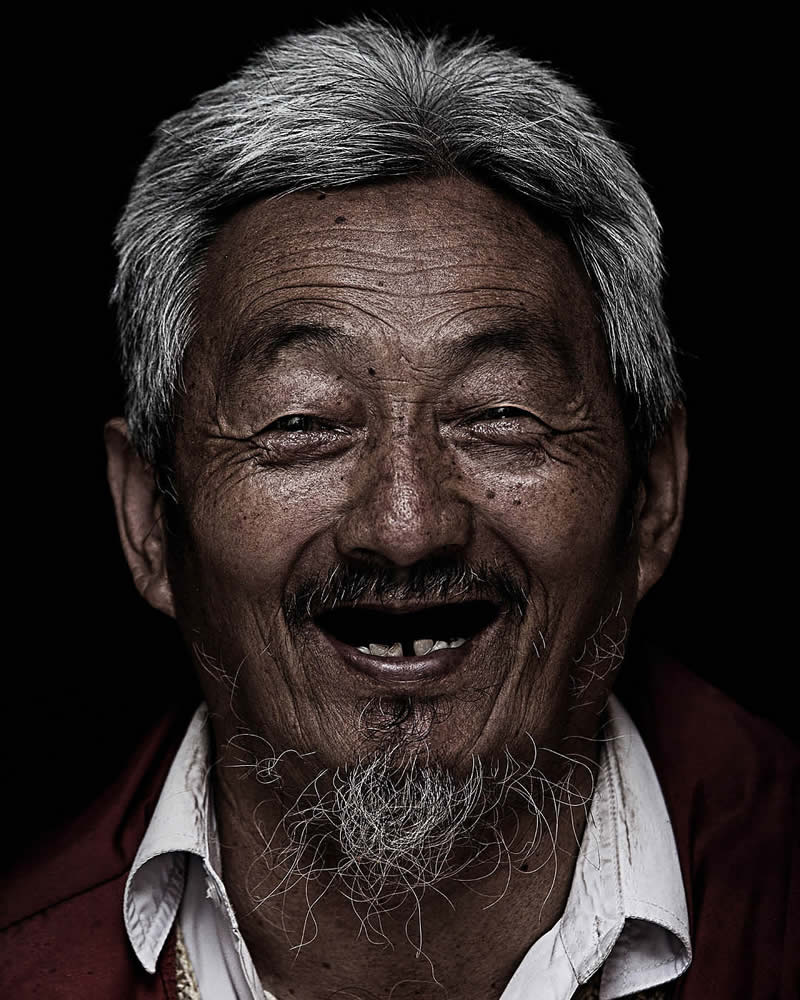
#18
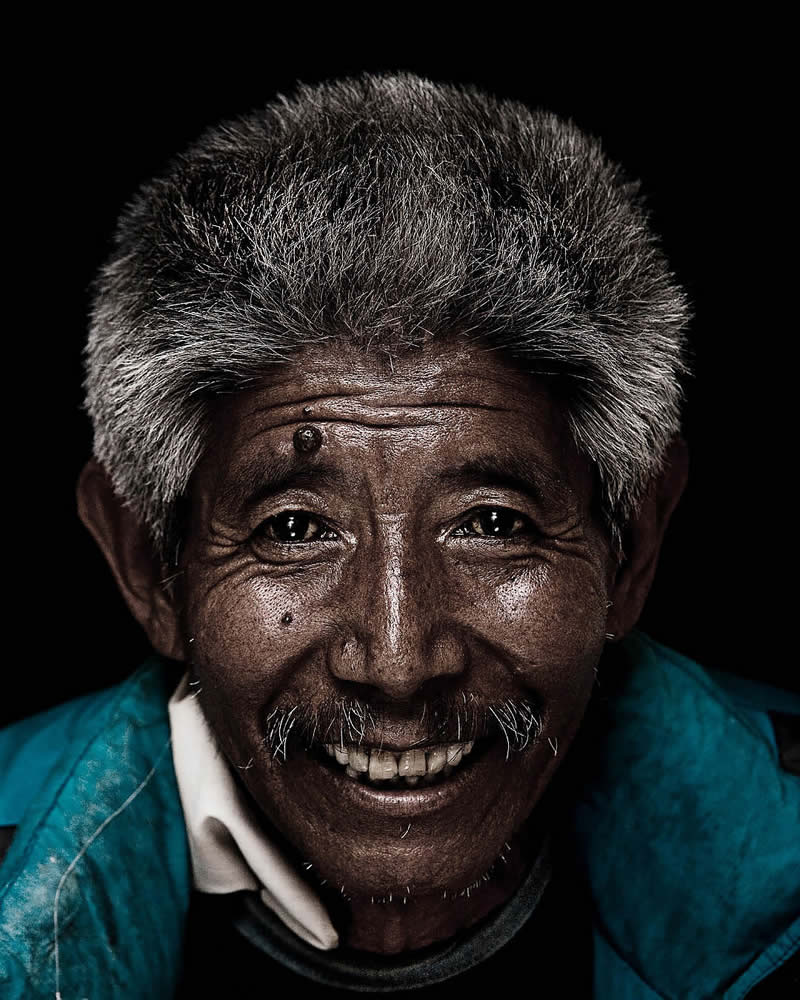
A Testament to Tibetan Resilience
Through Diaspora Smile, Bhanuwat Jittivuthikarn has created more than a series of portraits—he has crafted a narrative of Tibetan resilience. His work stands as a powerful reminder that cultural survival depends not just on political circumstances but on the people themselves. In a world that is rapidly changing, his portraits preserve a piece of Tibetan identity, ensuring that their stories and smiles are never forgotten.
#19
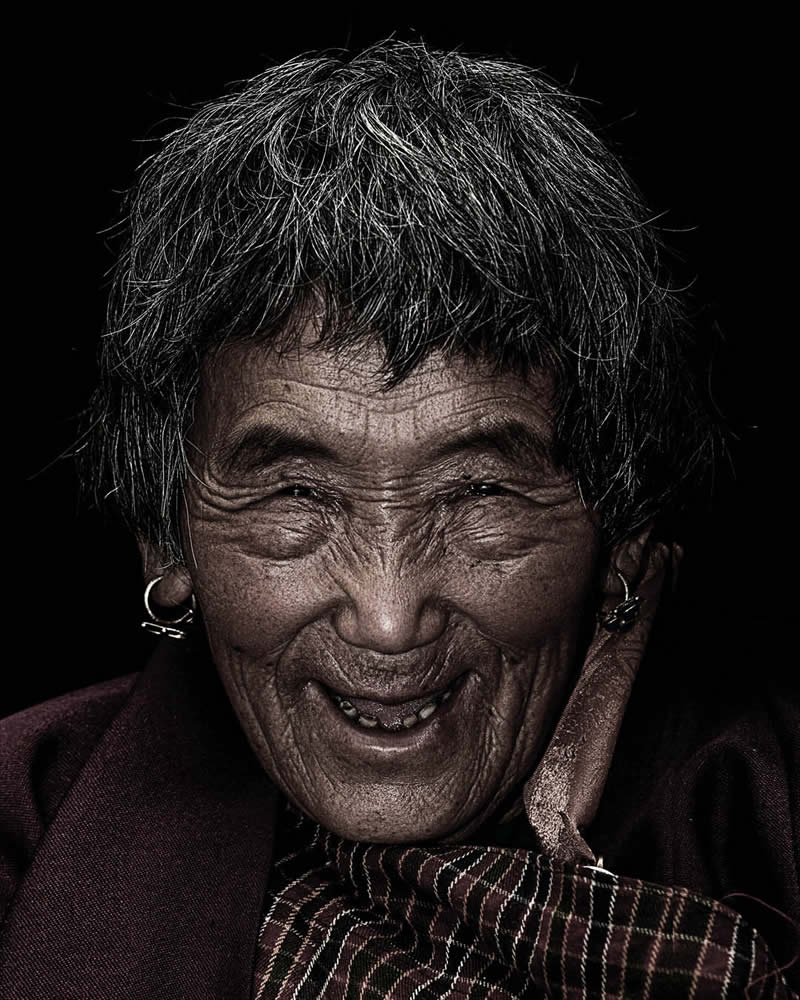
#20
